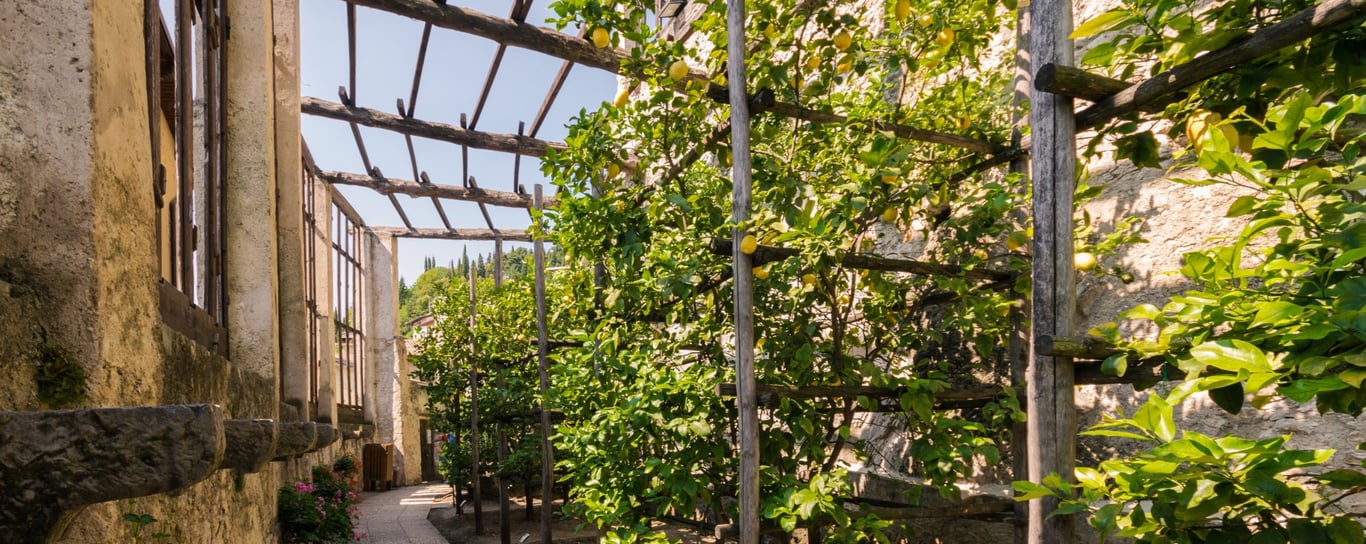
Lemon Riviera
West coast of Lake Garda
The Lemons
of Lake Garda
The shores of Lake Garda are characterized by a typically Mediterranean climate and are distinguished above all by the history of the villages that liven them up, but also by the characteristic vegetation that perfumes and colors them.The inhabitants of this area and travelers have always learned to enhance its natural wealth, bringing from afar the most varied crops, typical of tropical climates and suitable for milder temperatures.
Thus Lake Garda, with its 46th parallel of north latitude, had for a long time the privilege of being the northernmost area in the world for the cultivation of various specific products, such as citrus fruits.
The gardens of these refined fruits were designed and introduced by the friars in the distant 1400s on the shore of the lake exposed to the morning sunlight, that is to say the western one, which is why it is still known today as the Riviera dei Limoni.
These are large fruits of the highest quality, with a thin rind and an intense flavor, intended for export and local consumption for the distillation of drugs and fine liqueurs.
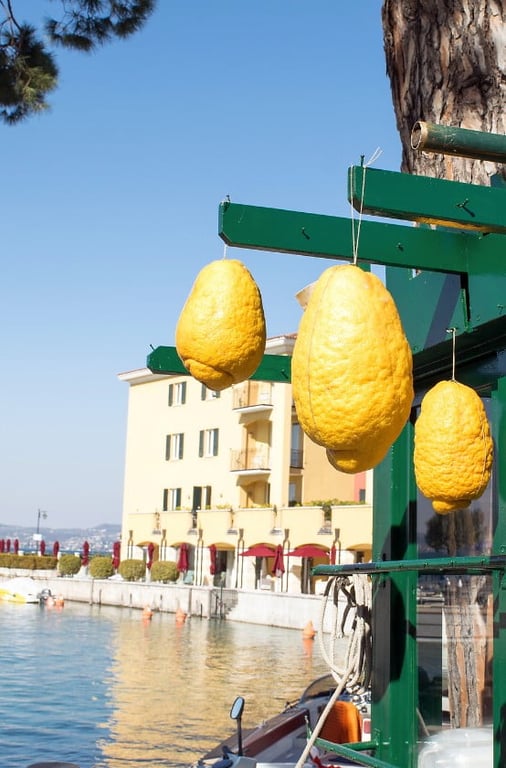
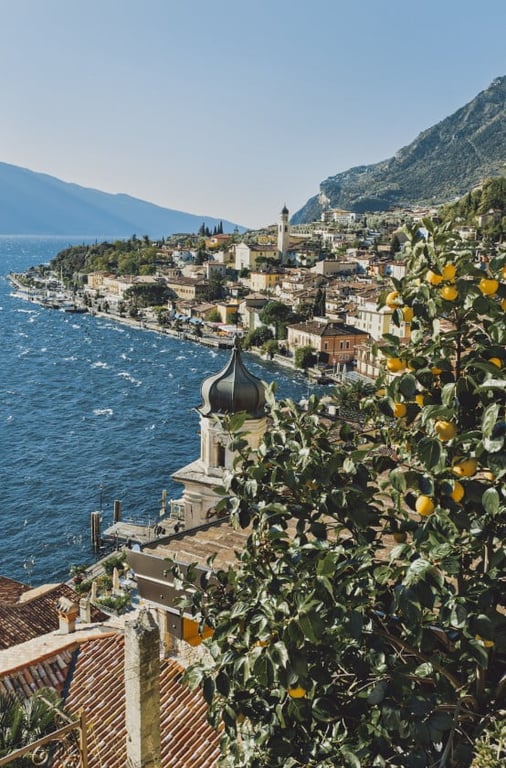
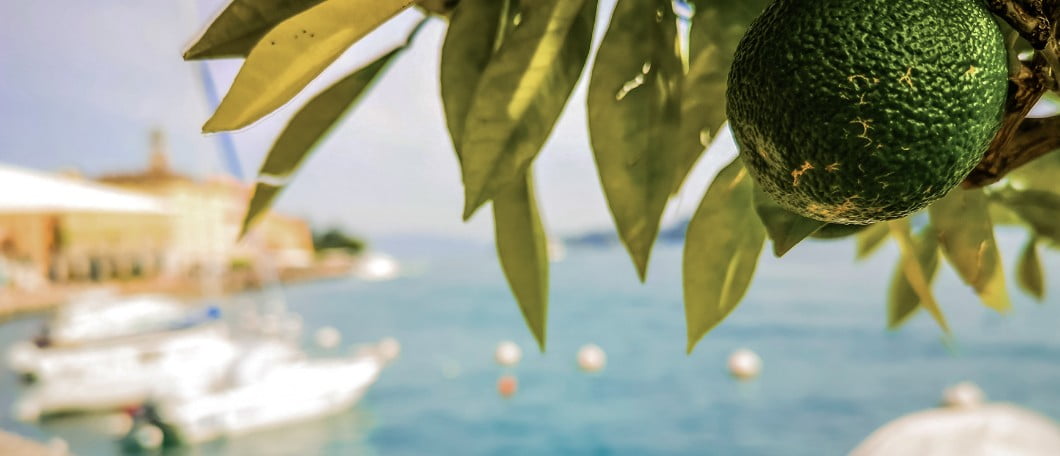
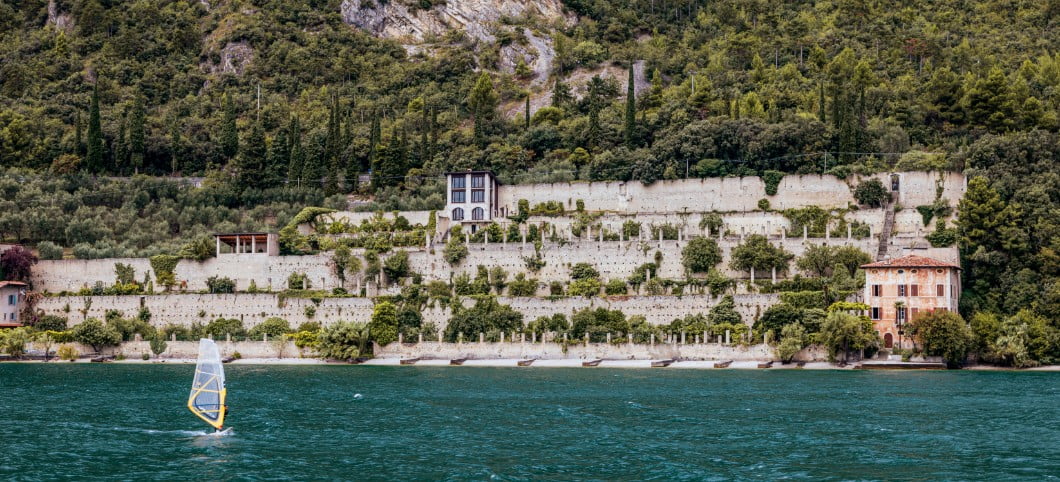
The production
of citrus fruits
These are ancient protective architectures, some of which can be visited and still in use, built in terraces along the slopes that plunge directly into the clear waters of the lake, semi-closed on three sides with stone walls, and scattered with columns useful to support the còla, a sort of greenhouse that protects the fruit during the colder months.
The undisputed protagonist among the citrus fruits of Garda, and recently returned to be produced in the territory, is the Cedro di Salò, or Citrus Medica: a fruit with a thick, sweet skin and a delicate aroma, with a dry and slightly acidic pulp.
It was precisely this fruit, which became a symbol of Garda's flavors, to give rise to the local liqueur tradition: first used by the ancient apothecaries that distilled the skins for pharmaceutical processing, it was then enhanced in the production of refined alcoholic elixirs and used in syrup factories, including Cedrinca and Cedral Tassoni, for the formulation of fresh drinks based on cedar water, such as the still known and appreciated Cedrata Tassoni.









